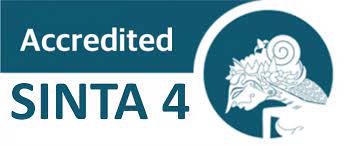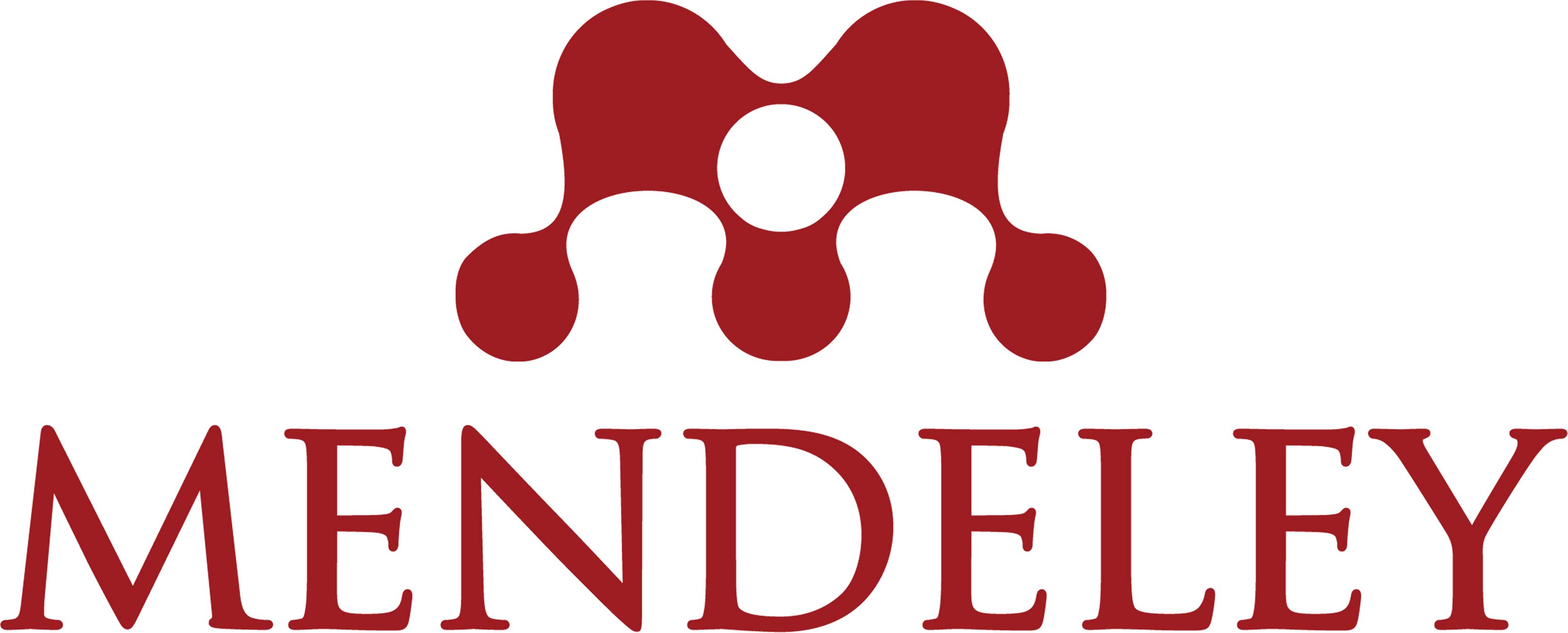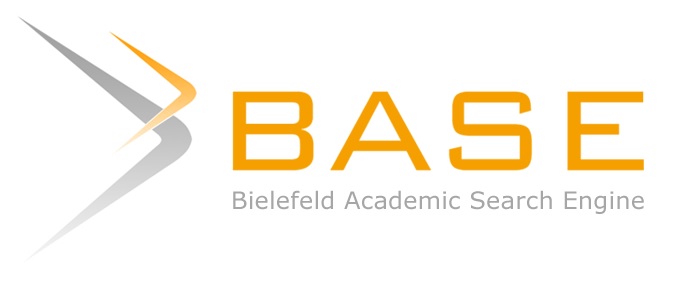Risiko Kanker Hati pada Pasien dengan Penyakit Hati (Analisis Data Sampel BPJS Tahun 2019-2021)
Abstract
Kanker hati adalah kondisi ketika sel-sel dalam hati tumbuh di luar kendali. Pada tahun 2020, kanker hati menempati urutan keempat kanker dengan jumlah kasus baru dan kematian tertinggi di Indonesia. Faktor risiko utama kanker hati adalah penyakit hati kronis. Tujuan penelitian ini adalah mengetahui risiko penyakit hati berkembang menjadi kanker hati pada peserta dengan dan tanpa penyakit hati di Indonesia tahun 2019-2021. Penelitian ini menggunakan Data Sampel BPJS Kesehatan tahun 2019-2021 dengan desain kohort retrospektif dan didapatkan jumlah sampel 824.592 terbobot. Analisis menggunakan uji Cox Proportional Hazard. Hasil penelitian menunjukan bahwa peserta dengan penyakit hati memiliki probabilitas dan risiko kanker hati yang lebih tinggi dibandingkan peserta yang tidak memiliki penyakit hati (CEP 1,61%; 95% CI 0,08% – 3,14%; AHR 98,5; 95% CI 40,6 – 239,4). Berdasarkan jenis dan jumlah penyakit hatinya, peserta dengan hepatitis kronis (AHR 153,9; 95% CI 32,3 – 690,7) dan menderita lebih dari 2 jenis penyakit hati (AHR 140,1; 95% CI 18,5 – 1061,7) memiliki risiko kanker hati paling tinggi dibandingkan kategori lainnya. Hasil studi menyimpulkan bahwa penderita penyakit hati, terutama hepatitis kronis, memiliki risiko sangat tinggi mengalami kanker hati. Untuk itu, perlu surveilans kanker hati secara nasional pada kelompok penduduk tersebut guna mencegah penyakit hati berkembang menjadi kanker hati.
Keywords
Full Text:
PDFReferences
Purnamasari D. The Emergence of Non-communicable Disease in Indonesia | Purnamasari | Acta Medica Indonesiana. Acta Med Indones - Indones J Intern Med [Internet]. 2018;50(4):273–4. Available from: http://www.actamedindones.org/index.php/ijim/article/view/1028/339
World Cancer Research Fund (WCRF) International. Worldwide cancer data | World Cancer Research Fund International [Internet]. World Cancer Research Fund (WCRF) International. 2022 [cited 2023 Feb 19]. Available from: https://www.wcrf.org/cancer-trends/worldwide-cancer-data/
World Health Organization. Cancer [Internet]. 2022 [cited 2023 Feb 19]. Available from: https://www.who.int/news-room/fact-sheets/detail/cancer
The Global Cancer Observatory. Indonesia Fact Sheet [Internet]. International Agency for Research on Cancer. 2021 [cited 2023 Feb 19]. p. 1–2. Available from: https://gco.iarc.fr/today/data/factsheets/populations/360-indonesia-fact-sheets.pdf
Rumgay H, Arnold M, Ferlay J, Lesi O, Cabasag CJ, Vignat J, et al. Global burden of primary liver cancer in 2020 and predictions to 2040. J Hepatol [Internet]. 2022;77(6):1598–606. Available from: https://doi.org/10.1016/j.jhep.2022.08.021
McGlynn KA, Petrick JL, London WT. Global Epidemiology of Hepatocellular Carcinoma: An Emphasis on Demographic and Regional Variability. Clin Liver Dis [Internet]. 2015;19(2):223–38. Available from: http://dx.doi.org/10.1016/j.cld.2015.01.001
Sung H, Ferlay J, Siegel RL, Laversanne M, Soerjomataram I, Jemal A, et al. Global Cancer Statistics 2020: GLOBOCAN Estimates of Incidence and Mortality Worldwide for 36 Cancers in 185 Countries. CA Cancer J Clin. 2021;71(3):209–49.
Maucort-Boulch D, Martel C de, Franceschi S, Plummer M. Intl Journal of Cancer - 2018 - Maucort‐Boulch - Fraction and incidence of liver cancer attributable to hepatitis B and C.pdf. 2018.
Suh JK, Lee J, Lee JH, Shin S, Tchoe HJ, Kwon JW. Risk factors for developing liver cancer in people with and without liver disease. PLoS One. 2018;13(10):1–13.
Kumar R, Priyadarshi RN, Anand U. Non-alcoholic fatty liver disease: Growing burden, adverse outcomes and associations. J Clin Transl Hepatol. 2020;8(1):76–86.
Zhang C hao, Cheng Y, Zhang S, Fan J, Gao Q. Changing epidemiology of hepatocellular carcinoma in Asia. Liver Int. 2022;42(9):2029–41.
World Health Organization. Regional Action Plan Of Hepatitis Viral In South East Asia 2016-2021. Vol. 2021, Genomic and Precision Medicine. 2017. 317–340 p.
Loho IM, Hasan I, Lesmana CRA, Dewiasty E. Hepatocellular Carcinoma in a Tertiary Referral Hospital in Indonesia : Lack of Improvement of One-Year Survival Rates between 1998-1999 and 2013-2014. Asian Pacific J Cancer Prev Pacific J Cancer Prev [Internet]. 2016;17(4):2165–70. Available from: http://journal.waocp.org/?sid=Entrez:PubMed&id=pmid:27221913&key=2016.17.4.2165
Puri DA, Murti S, Riastiti Y. Insidensi dan Karakteristik Karsinoma Hepatoseluler di RSUD Abdul Wahab Sjahranie Samarinda. J Sains dan Kesehat. 2021;3(2):158–64.
Weledji EP, Enow G, Ngowe MN, Shey D. How grim is hepatocellular carcinoma ? Ann Med Surg [Internet]. 2014;3(3):71–6. Available from: http://dx.doi.org/10.1016/j.amsu.2014.06.006
Llovet JM, Kelley RK, Villanueva A, Singal AG, Pikarsky E, Roayaie S, et al. Hepatocellular carcinoma. Nat Rev Dis Prim [Internet]. 2021;7(1). Available from: http://dx.doi.org/10.1038/s41572-020-00240-3
Hu J, Liu K, Luo J. HIV–HBV and HIV–HCV Coinfection and Liver Cancer Development. In: DNA Tumor Viruses [Internet]. Springer International Publishing; 2019. p. 231–50. Available from: http://link.springer.com/10.1007/978-3-030-03502-0
Carlessi R, Köhn-Gaone J, Olynyk JK, Tirnitz-Parker JEE. Mouse Models of Hepatocellular Carcinoma. In: Hepatocellular Carcinoma [Internet]. Brisbane, Australia: Codon Publications; 2019. p. 69–94. Available from: https://exonpublications.com/index.php/exon/article/view/205
Constantin CV, Streba CT, Rogoveanu I, Nita-Stefanescu L, Ionescu AG. Cirrhosis and Chronic Viral Hepatitis as Risk Factors for Hepatocellular Carcinoma: Romanian Single-clinic Experience. Maedica (Buchar). 2010 Dec;5(4):265–70.
Zhao L-H, Liu X, Yan H-X, Li W-Y, Zeng X, Yang Y, et al. Genomic and oncogenic preference of HBV integration in hepatocellular carcinoma. Nat Commun [Internet]. 2016;7(1):12992. Available from: https://doi.org/10.1038/ncomms12992
Li H, Guo W, Xie Q, Sun X, Wang Q. Clinical characteristics and survival analysis of patients with hepatocellular carcinoma after hepatitis B virus turning negative. Adv Clin Exp Med. 2022;31(7):731–738.
Li L, Lan X. Association between hepatitis B virus/hepatitis C virus infection and primary hepatocellular carcinoma risk: A meta-analysis based on Chinese population. J Cancer Res Ther [Internet]. 2016;12(Special 3). Available from: https://journals.lww.com/cancerjournal/Fulltext/2016/12008/Association_between_hepatitis_B_virus_hepatitis_C.16.aspx
National Cancer Institute. Liver Cancer Causes, Risk Factors, and Prevention [Internet]. 2022 [cited 2023 Jun 18]. Available from: https://www.cancer.gov/types/liver/what-is-liver-cancer/causes-risk-factors
El-Serag HB, Rudolph KL. Hepatocellular Carcinoma: Epidemiology and Molecular Carcinogenesis. Gastroenterology. 2007;132(7):2557–76.
DOI: http://dx.doi.org/10.30872/jkmm.v6i1.14311
Copyright (c) 2024 Jurnal Kesehatan Masyarakat Mulawarman (JKMM)

This work is licensed under a Creative Commons Attribution-ShareAlike 4.0 International License.
Jurnal Kesehatan Masyarakat Mulawarman (JKMM)
e-ISSN: 2686-3601 (ONLINE)
Ruang Jurnal Lantai 1 Fakultas Kesehatan Masyarakat, Universitas Mulawarman,
Jl. Sambaliung, Kampus Gn. Kelua Samarinda, Kalimantan Timur (75123)
Website : http://e-journals.unmul.ac.id/index.php/MJPH
Email : journal.jkmm@fkm.unmul.ac.id
JKMM by http://e-journals.unmul.ac.id/index.php/MJPH/index is licensed under a Creative Commons Attribution-ShareAlike 4.0 International License.
Under the CC BY-SA license, authors and other users are able to reprint, distribute or use the material for commercial purposes so long as they give attribution to the JKMM and license the republished material under the same license.











